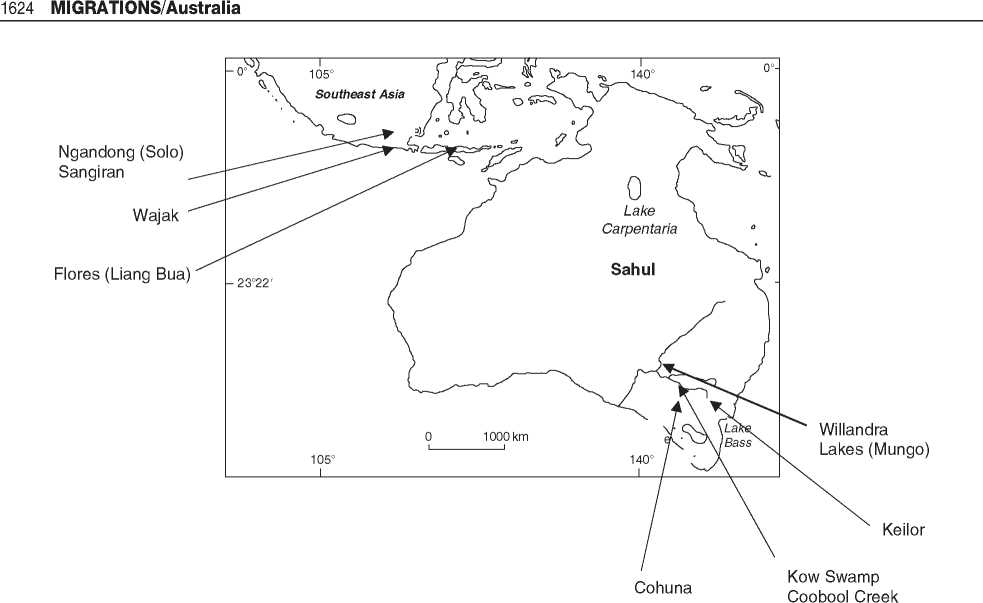Most of the fossil evidence of H. sapiens in Northeast and Southeast Asia dates to less than 20 000 years ago, although a cranium and maxilla have been recovered from Ziyang which have been dated to 38 000 years ago. An occipital bone from Shanxi Province in China has been dated to 28 000 years ago as well. Indeed, the specimens from the Upper Cave at Zhoukoudian in China, which had previously been considered to be Late Pleistocene, are now thought to be early Holocene, around 11000 years old. This also applies to the Liujiang specimen from southern China, whose dating has swung back and forth: formerly thought to be well back in the Late Pleistocene, it has been considered by some to represent Holocene, possibly as late as Neolithic, burial into Late Pleistocene deposits, but its dating and stratigraphy has recently been reconsidered, and it has apparently been reconfirmed at probably 67 000 BP (Before Present).
In Southeast Asia, the oldest H. sapiens are burials from northern Vietnam dating to 20 000 years ago. The fragmentary skull from Niah Cave in Borneo was originally thought to date approximately 40 000 years ago, but the original excavator did not realize that the remains were a burial dug into somewhat (or much) older deposits, so an age for this specimen remains problematic. The Wajak skulls from Java, Indonesia have been thought to be Late Pleistocene based solely on their robust appearance, but recent radiocarbon dates of 6560 BP for the human femur

Figure 1 Major human palaeoanthropological sites.
And 10560 for associated fauna have been obtained (see Figure 1 For locations of sites discussed in this article).




 World History
World History









